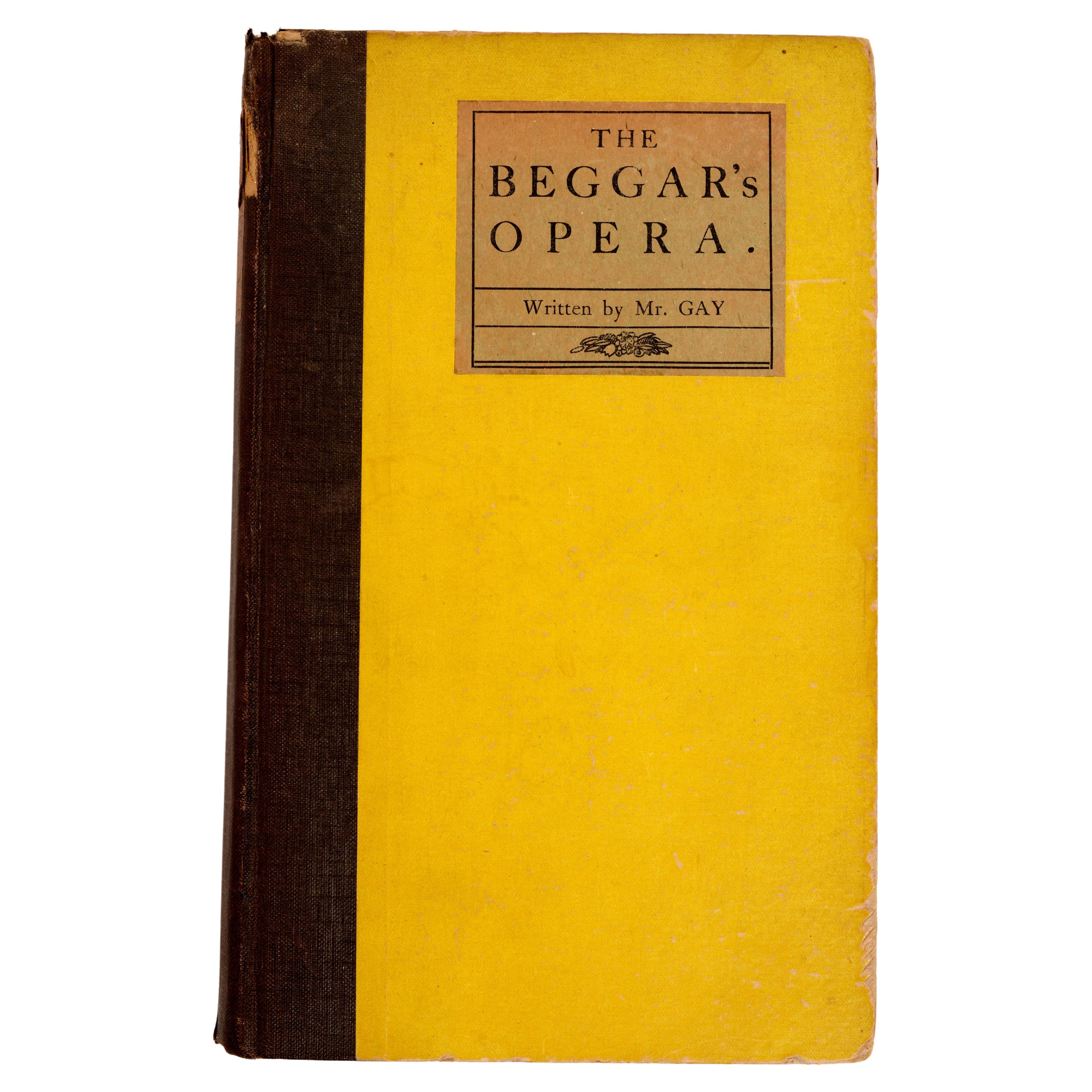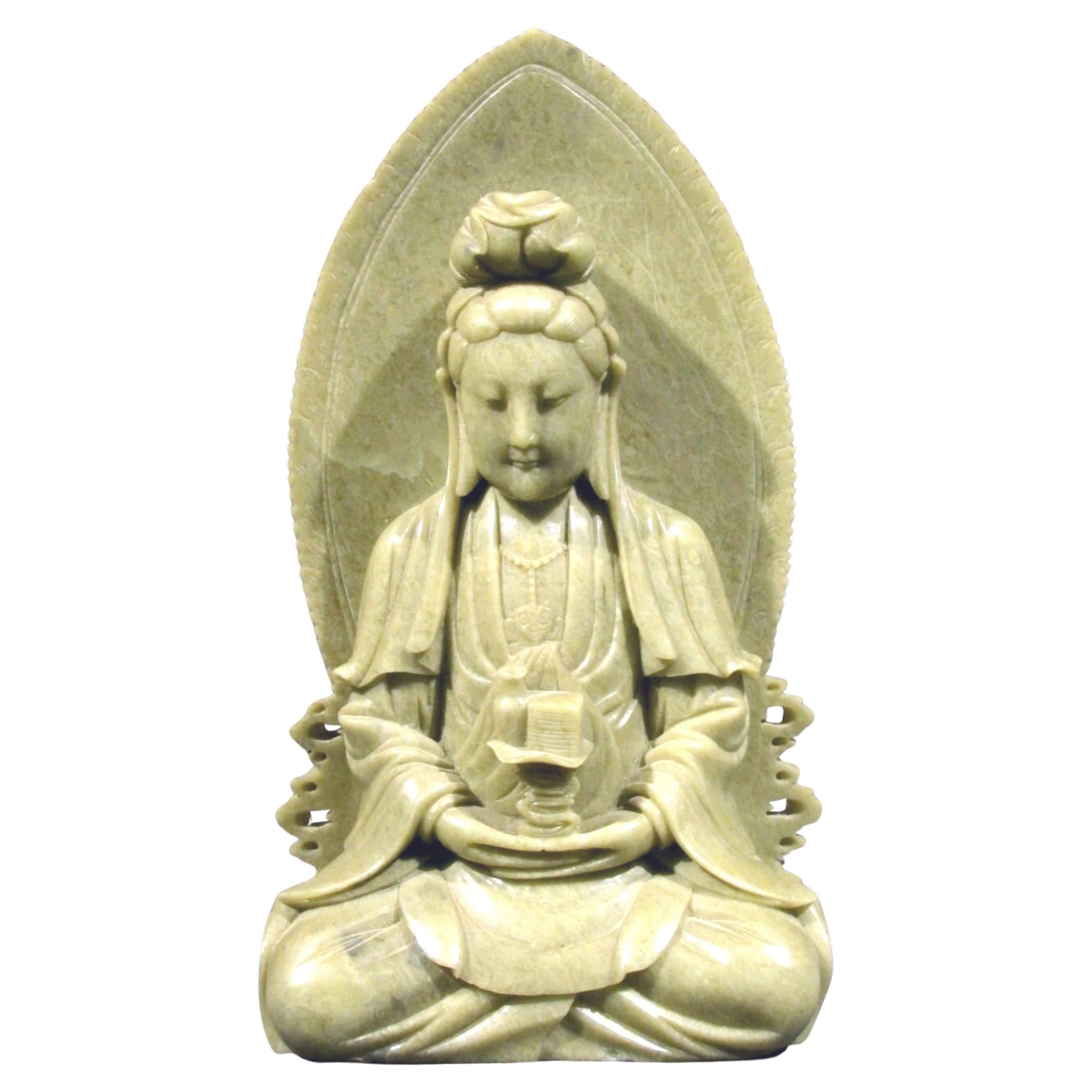Items Similar to Elaborately Carved Antique Beggar's Bowl Kashkul
Want more images or videos?
Request additional images or videos from the seller
1 of 17
Elaborately Carved Antique Beggar's Bowl Kashkul
About the Item
A fine Kashkul carved from half of the giant nutshell of Coco-de-mer likely from Persian Qajar Dynasty circa 18-19th century. Kashkul is a container known as the beggar's bowl, carried by wandering Dervishes, member of the Sufi sect of Islam and used to collect alms. As the most emblematic accoutrement for the ascetics, Kashkul symbolizes the renouncement of all worldly possessions and subsisting on the generosity of humanity. The Kashkul on offer takes an organic shape of a boat with a sprout for pouring, taking the advantage of the natural form of the coco-de-mer. The surface was finely decorated with carvings. Scrolling floral motif on the top surface surrounds animal figures including a gazelle, a horse and a lion or leopard. The mid-body has a circumventing band with a repeating Persian/Arabic phase inscription (not fully deciphered, likely a Koranic phrase in an archaic form, possibly Nastaliq as the first word is Allah). The bottom features a central figure donning a tall hat with flowing hair and beard, resting an axe on his shoulder. This depicts the story of prophet Ibrahim who destroyed the false idols people worshipped. Originally, the kashkul was attached to a chain, which is no longer present but the two pin holes on top remain.
This is a wonderful example of an Islamic work of art in its original fine condition. For similar examples in the same material dating to the similar period, see collection in MET (2019.300); V&A (876 dash 1889) and Aga Khan Museum (AKM640). A similar kashkul was sold in Christie's sale no.15505 (Oct 25th; 2018) Lot 118.
- Dimensions:Height: 6 in (15.24 cm)Width: 13.5 in (34.29 cm)Depth: 6.5 in (16.51 cm)
- Style:Islamic (Of the Period)
- Materials and Techniques:
- Place of Origin:
- Period:
- Date of Manufacture:18th-19th Century
- Condition:Wear consistent with age and use. Fine condition with mellow patina and minimal expected wear.
- Seller Location:Atlanta, GA
- Reference Number:1stDibs: LU945034063872
About the Seller
5.0
Platinum Seller
These expertly vetted sellers are 1stDibs' most experienced sellers and are rated highest by our customers.
Established in 2006
1stDibs seller since 2010
479 sales on 1stDibs
Typical response time: <1 hour
- ShippingRetrieving quote...Ships From: Atlanta, GA
- Return PolicyA return for this item may be initiated within 2 days of delivery.
More From This SellerView All
- Antique Lopburi Buddha Statue from ThailandLocated in Atlanta, GAThe Buddha statue was made from a copper alloy in a standing position with hands in double Abhaya mudra. This mudra symbolizes the act of dispelling fear in the face of adversity. In Laos and Thailand where this mudra are used as one of the most iconic gestures, with its origin was pre-Buddhism era, when it was a symbol of good intentions and friendship when approaching strangers. In contrast to Indian iconography, it was often shown with both hands raised to the level of the shoulder in Southeast Asia. The statue was made in the classic Lopburi style, which historically was heavily influenced by Khmer art...Category
Antique Late 18th Century Thai Other Sculptures and Carvings
MaterialsMetal
- Antique Giltwood Buddha Statue Southeast AsiaLocated in Atlanta, GAA delicately carved wood Buddha in an upright standing posture with a double Abhaya mudra. The statue displays a gilt surface with beautiful patina and some minor wear. The face was ...Category
Antique 19th Century Thai Other Sculptures and Carvings
MaterialsGold Leaf
- Large Lacquered Wood Antique Burmese Buddha StatueLocated in Atlanta, GAA gilt and lacquered wood Buddha statue from Southeast Asia likely Burma, circa 19th century. The Buddha is depicted as seating on a slightly taper...Category
Antique 19th Century Burmese Other Sculptures and Carvings
MaterialsWood, Lacquer
- Rare Large Antique Balinese Temple Hanging Lamak, IndonesiaLocated in Atlanta, GAAn extraordinary "Kepeng Lamak" from Bali, Indonesia, circa early 20th century. Lamak is a general term for temple hangings, mostly made of disposable materials like palm leaves for temporary offerings. A small number, such as this piece, were made by wealthy and aristocratic families for permanent display. The lamaks are traditionally displayed in temples or residents for a strong spiritual reason in Bali that is known as "Artja". They could function as receptacles, or a vessels of for the habitation of the deities when they descent to the earth on propitious occasions. In a goddess form with a carved wood head adorned with painted face and mirrored crown who likely represents Dewi Danu, the water goddess, this lamak was constructed with a bamboo frame, cotton pompoms, fabric fragments...Category
Early 20th Century Indonesian Other Sculptures and Carvings
MaterialsCopper
- Japanese Antique Gilt Wood Amitabha Buddha on Loctus Throne StatueLocated in Atlanta, GAA Japanese carved wood Amitabha (Amida) Buddha statue with residual gold leafed surface circa 19th century (late Edo period). The buddha is seated in the padmasana position on an elevated double lotus throne, under a small lotus halo canopy. His right hand is held in abhaya mudra which means fearlessness in Sanskrit. The mudra symbolizes protection, peace, and fearless. His left hand gently resting on his thigh. Dressed in a flowing robe with open chest, the statue showcases a classic iconography found prominently in Japanese Buddhism art during Edo to Meiji period, characterized by the double lotus throne and a particularly serene meditative facial expression, highlighted by inset gemstones...Category
Antique 19th Century Japanese Edo Sculptures and Carvings
MaterialsGold Leaf
- Early 20th Century Thai Temple DrumLocated in Atlanta, GAThis elegantly carved temple drum wase use in Buddhist Temples. It’s carved from teak and lacquered black with red and green stripped details. The top and straps are made of leather. These gigantic goblet...Category
Early 20th Century Thai Sculptures and Carvings
MaterialsLeather, Teak, Lacquer
You May Also Like
- Big Antique Japanese Zen Temple Chanting Bell Genuine Hand Carved MokuygoLocated in South Burlington, VTJapanese antique temple find from the Meiji period, 19th century A large hand carved hand lacquered, and hand gilded wooden chanting bell mok...Category
Antique 19th Century Japanese Meiji Sculptures and Carvings
MaterialsWood
- Antique Victorian Vintage Chinese Ivory Bovine Walking Stick Cane Carved DragonLocated in Dublin, IrelandAn Exceptionally Fine Example of a Chinese Export Hand Carved Bovine Ivory Walking Stick of small proportions, last quarter of the Nineteenth Centu...Category
Antique Late 19th Century British Victorian Sports Equipment and Memorab...
MaterialsHorn, Ebony
- Beggar's Opera by Mr. Gay, Nelson Doubleday's Personal Copy with His BookplateLocated in valatie, NYThe Beggar's Opera. Written by Mr. Gay, to Which Is Prefixed the Overture in Score: And the Musick to Each Song, by John Gay. Published by Garden City, N.Y.: Doubleday, Page & Co. 19...Category
Vintage 1920s American Books
MaterialsPaper
- Chinese Carved Stone Snuff BottleLocated in Chicago, ILA mixture of finely powdered tobacco, herbs, and spices, snuff was introduced to China in the 17th century by Western diplomats. Initially reserved for ranking members of Qing-dynast...Category
20th Century Chinese Qing Sculptures and Carvings
MaterialsStone
- Chinese Carved Stone Snuff BottleLocated in Chicago, ILA mixture of finely powdered tobacco, herbs, and spices, snuff was introduced to China in the 17th century by Western diplomats. Initially reserved for ranking members of Qing-dynast...Category
20th Century Chinese Qing Sculptures and Carvings
MaterialsStone
- Finely Carved Soapstone Buddhist Stele of Bodhisattva Avalokiteshvara GuanyinLocated in Ottawa, OntarioIn Indian Buddhism, Avalokiteshvara is a male Bodhisattva, however in Chinese Buddhism he takes the form of the female Bodhisattva, Guanyin - ‘The One Who Hears the Cries of the Worl...Category
Early 20th Century Chinese Qing Sculptures and Carvings
MaterialsSoapstone





